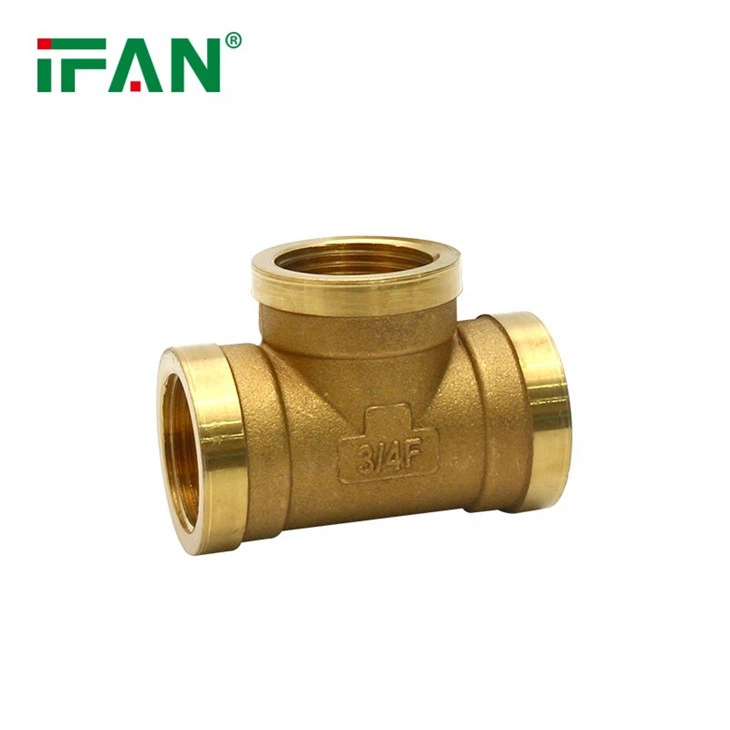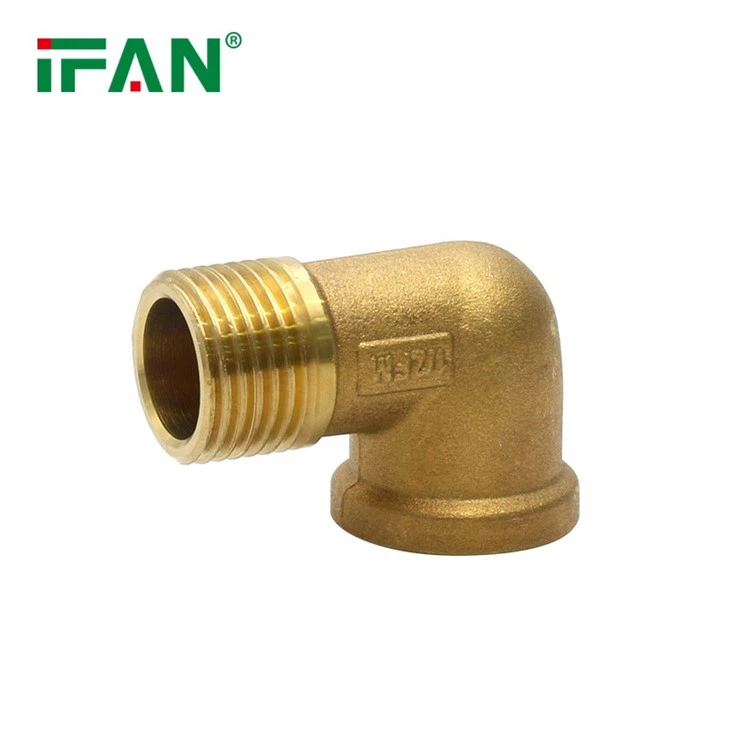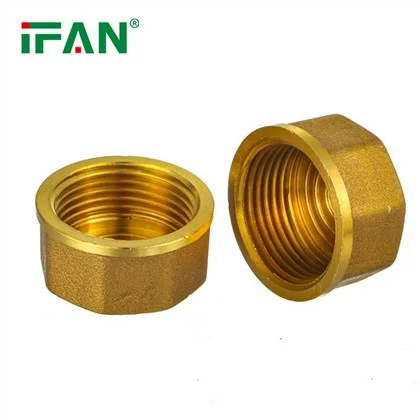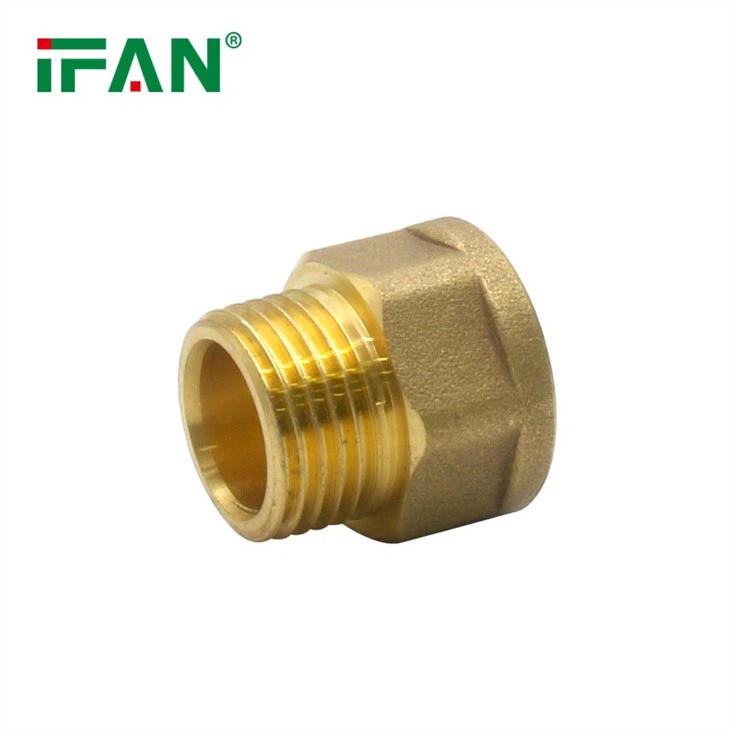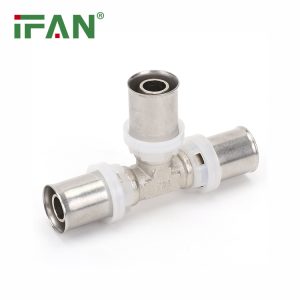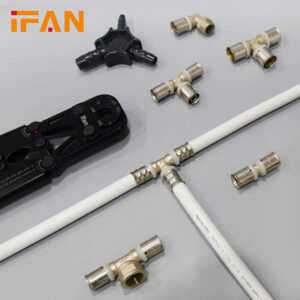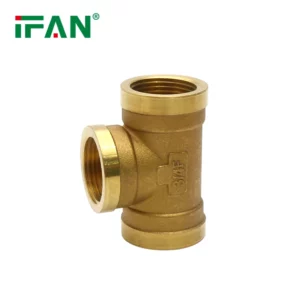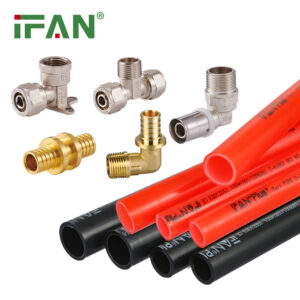Description
What are brass fittings
1.The Advantages of Brass Fittings
(1)Durability
(2)Strength
(3)Easy to install and maintain
2.Types of Brass Fittings
(1)Brass pipe fittings
(2)Brass compression fittings
(3)Brass flare fittings
(4)Brass barb fittings
3.Conclusion Brass fittings are an essential component of plumbing and other piping systems. They are known for their durability, strength, and resistance to corrosion, which makes them a popular choice for various applications. Brass fittings are made from a copper-zinc alloy, with varying proportions of copper and zinc depending on the specific application.

Brass fittings are used in various industries such as plumbing, automotive, gas, and water systems. They are also used in industrial settings such as chemical and petroleum plants. Brass fittings are versatile, and their characteristics make them suitable for different types of pipes, including copper, PVC, and other types of plastic.
1.The Advantages of Brass Fittings
(1)One of the significant advantages of brass fittings is their durability. They are long-lasting and can withstand high pressures, making them an ideal choice for high-pressure systems. Brass fittings are also resistant to corrosion, which means that they do not rust or corrode easily, even in harsh environments.
(2)Another advantage of brass fittings is their strength. They can withstand impacts and high temperatures, which makes them ideal for use in industrial settings. Brass fittings also have excellent electrical conductivity, which makes them useful in electrical applications.
(3)Brass fittings are also easy to install and maintain. They have a low coefficient of friction, which means that they can be easily connected and disconnected without damaging the pipes. This makes it easier to replace or repair fittings as needed.

2.Types of Brass Fittings There are various types of brass fittings available, each designed for specific applications. Some of the most common types of brass fittings include:
(1)Brass pipe fittings – These fittings are used to connect pipes and are available in different shapes, including elbows, tees, couplings, and adapters.
(2)Brass compression fittings – These fittings are used to join pipes and tubes, and they use a compression sleeve to create a watertight seal.
(3)Brass flare fittings – These fittings are used for high-pressure applications and have a flared end that creates a tight seal when connected to the pipe.
(4)Brass barb fittings – These fittings are used for connecting hoses and tubes and have a barbed end that secures the hose in place.
3.Conclusion Brass fittings are an essential component of piping systems and offer several advantages, including durability, strength, and resistance to corrosion. There are various types of brass fittings available, each designed for specific applications.
Related products
-
PEX Pipe fitting
PEX Press Fitting Tee: Redefining Plumbing Connectivity
-
PEX Pipe fitting
Brass Press Fittings
-
Compression fitting
IFAN Brass Fitting
-
PEX Pipe fitting
Pex Fittings


